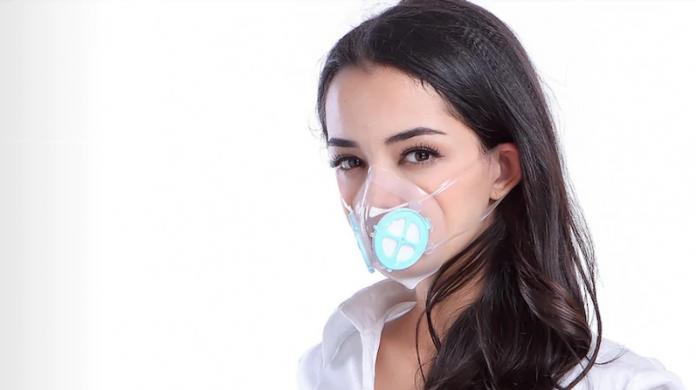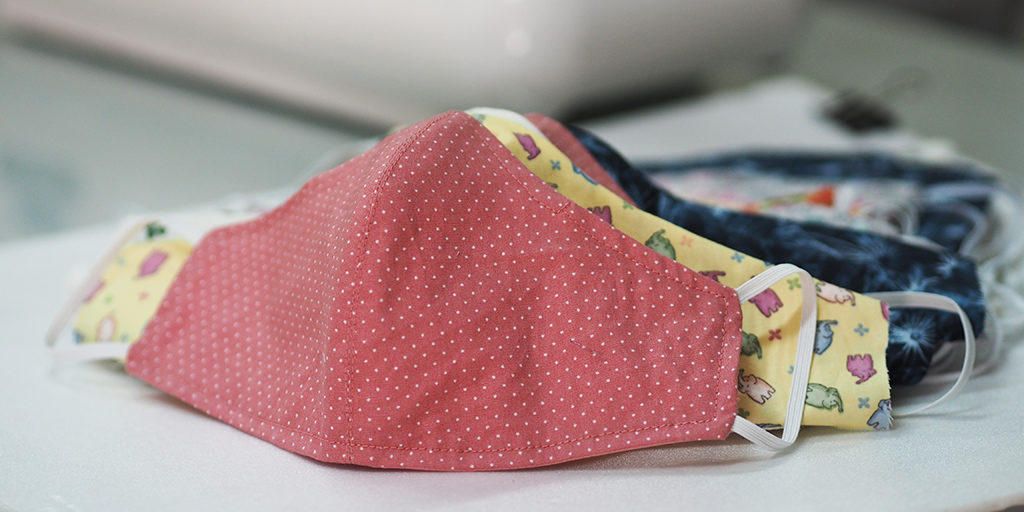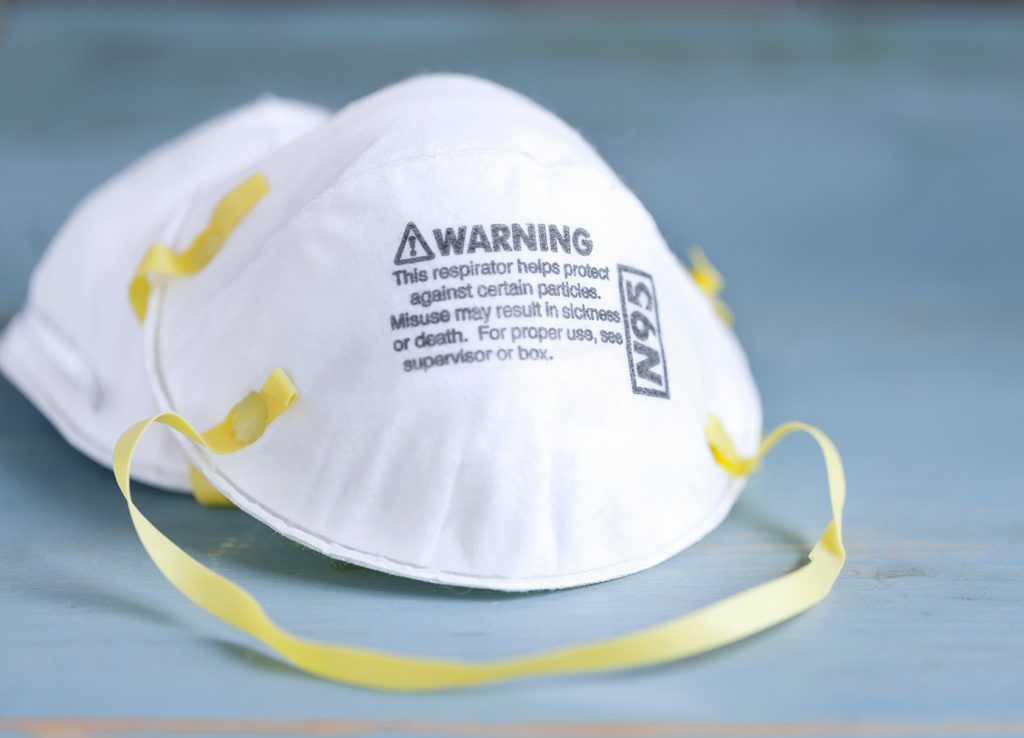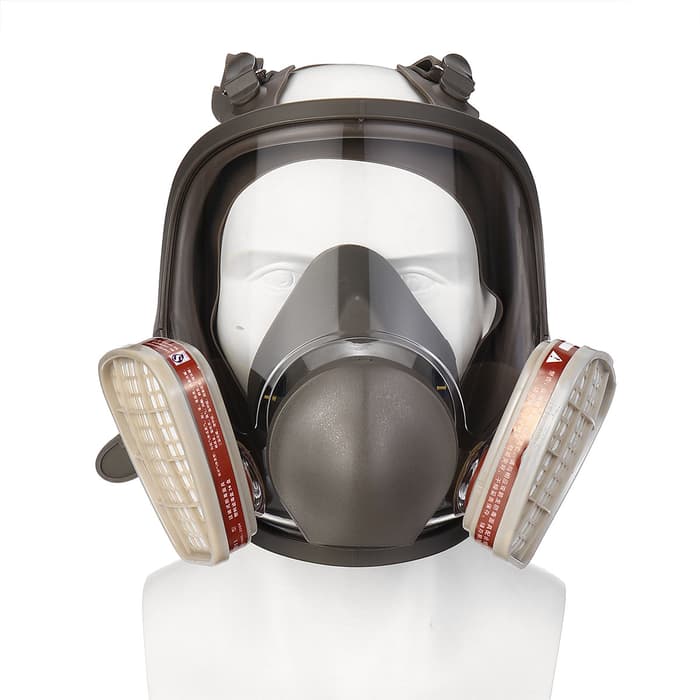The new normal is when old habits are replaced by new habits. Some of these habits include constantly washing your hands or using hand sanitizer, keeping distance with people and wearing face masks in order to keep safe from the coronavirus. Wearing masks are a particularly important part of the new normal, for the virus has been reported to be airborne. For that reason, knowing more about masks will help you during this pandemic.
Cloth Mask
As demand for face masks increase, many are starting to make their own cloth masks to sell to the general public. This mask, although provides sufficient protection in public spaces, is not as effective as surgical masks or respirators.
One study showed that homemade masks may be half as effective as surgical masks and up to 50 times less effective than N95 masks. Other studies have shown, compared to homemade masks, surgical masks have three times better performance in bacterial filtration tests and twice as good at blocking droplets in cough tests.
The Centers for Disease Control and Prevention (CDC) states that homemade face masks can be used as a last resort. However, as it does not completely cover the face, it is better to use it in combination with a face shield that covers the entire front and sides of the face and extends to the chin or below.
Despite its downsides, it is sufficient enough to be used in public. For that reason, everyone is advised to wear cloth masks when they have to travel outside the home. Cloth masks can protect saliva entering the body when talking, sighing, or coughing and sneezing. However, it is not recommended to use a cloth mask 2 times in a row. So, as much as possible wash the cloth mask every time you finish wearing it.
Cloth masks can be worn by healthy people, used in public places, but it is still paramount to keep a distance of 2 meters because cloth masks cannot protect themselves from all particles.
– Not recommended for use by medical personnel, because 40-90 percent of the particles can penetrate the mask.
– Can be used in public places or other public facilities, as long as you keep your distance.
– Ideally combined with face shield.
– Can be used repeatedly, as long as it is washed with detergent and warm water after use.
– Filter or protect from large droplets – not with small droplets, nor does it protect from aerosol or airborne particles.
– 10-60 percent filtration effectiveness to prevent particles 3 microns in size.
Surgical Mask
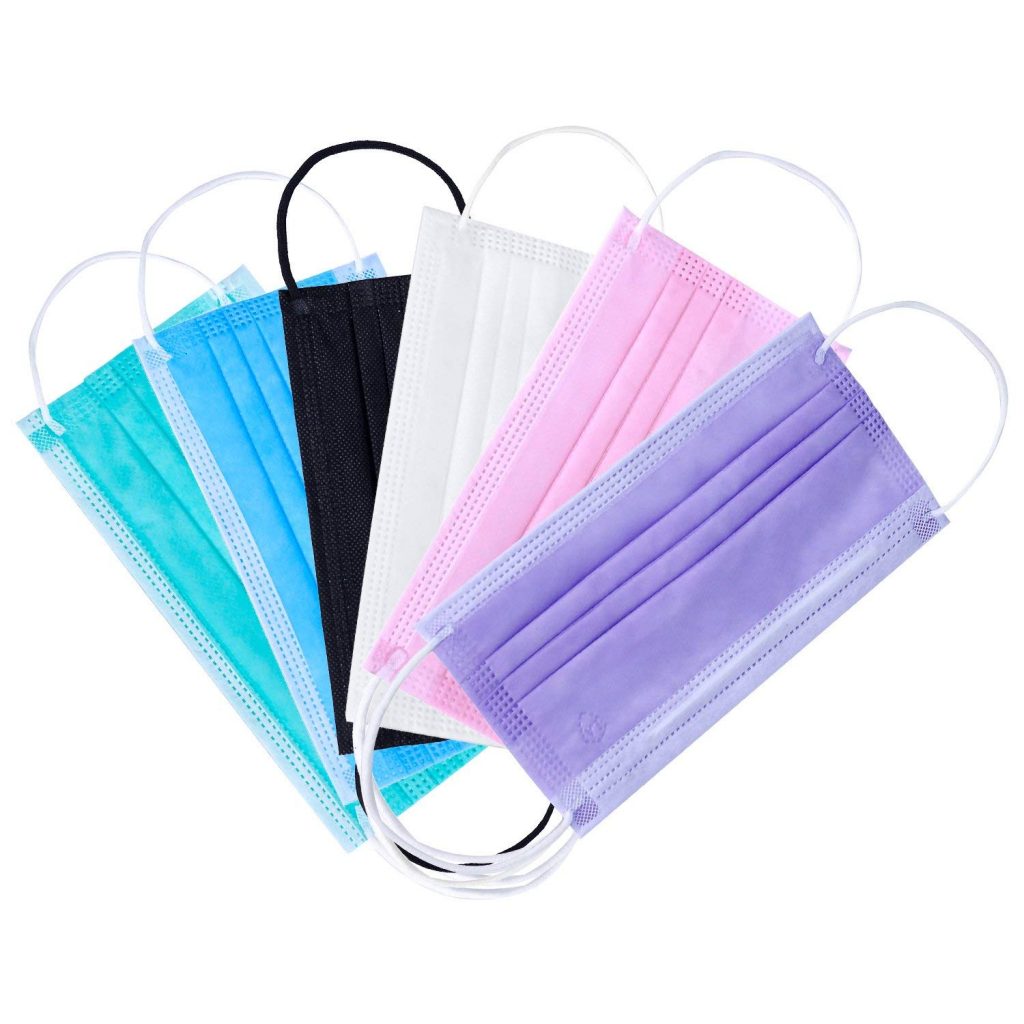 Surgical masks can be worn by the public but preferably whenever there are flu symptoms. Medical personnel, on the other hand use it in health facilities.
Surgical masks can be worn by the public but preferably whenever there are flu symptoms. Medical personnel, on the other hand use it in health facilities.
Surgical masks are loose disposable face masks that cover your nose, mouth and chin. Usually used to protect the wearer from large particle droplets, in addition to preventing the spread of respiratory secretions that are potentially transmitted from the wearer to others. It is the effective surgical mask of choice for preventing the spread of the Corona virus because it has a layer that is able to dispel the splash of saliva.
Most surgical masks consist of 3 layers that have different functions, namely:
- The outer layer, which is waterproof
- The middle layer, which functions as a germ filter
- Inner layer, which is useful for absorbing the liquid that comes out of the mouth
If you are sick, you are better advised to use a mask with all three functions because it is effective in preventing the spread of infectious diseases.
– Protector against droplets, but cannot protect from airborne and aerosol particles.
– Can prevent 30-95 percent of the remaining 0.1 micron particles of air (but there are still particles that can enter from the left and right sides).
– Disposable, the duration depends on the conditions (if it is wet, it must be replaced immediately).
N95 Mask
Amongst the masks mentioned, the N95 masks (or equivalent) are said to be one of the most effective in protecting the body from the coronavirus air particles. For that reason, this type of mouth and nose protective device is used by medical personnel who make direct contact with Covid-19 patients.
An N95 respirator is a more appropriate face mask. In addition to sparks, sprays, and large droplets, this respirator can also filter out 95 percent of very small particles, including viruses and bacteria.
Respirators are generally round or oval in shape and are designed to form a tight seal on the face. The elastic band helps hold it firmly on your face. Some types may have bonds called breathing valves, which can help breathing and build up of heat and moisture. N95 respirators are not one size for all.
The mask must be thoroughly tested before use to ensure that it is sealed correctly. If the mask does not effectively close the face, you will not receive the appropriate protection. After well tested, seals for N95 users must be continually checked. It is also important to note that this mask does not cover well for people with facial hair and children.
– Only used medical personnel who have direct contact with patients who have high infection rates.
– Protectors from aerosol and airborne droplets and particles.
– Filtration effectiveness is above 95 percent for 0.1 micron sized particles.
– There are no leaks if used properly.
– If there is scarcity, it can be used repeatedly with special procedures (for example, dried in the sun), if there is a stock then it is not recommended to use it repeatedly.
Facepiece Respirator
This is a mask that covers the entire face and is usually used by workers in industries that are at high risk of exposure to harmful gases. This mask protects its users from droplet, aerosol and airborne particles with a filtration ability of 0.1 micron particles up to 99 percent and without leakage.
This type of mask has a higher filter effectiveness than N95, although it depends on the filter used. Because it has a higher filtering ability than the N95, this type of mask can also filter to form of gas.
This type of mask is recommended and is commonly used for jobs that have a high risk of exposure to harmful gases. This type of mask can be used many times as long as the face seal is not damaged and must be cleaned with disinfectant properly before reuse
– Protector from droplets, aerosols, airborne.
– Filtration effectiveness above 99 percent for particles measuring 0.1 microns.
– There are no leaks.
– Can be used repeatedly but must be cleaned with disinfectant.

